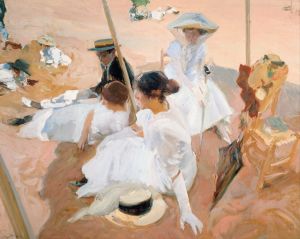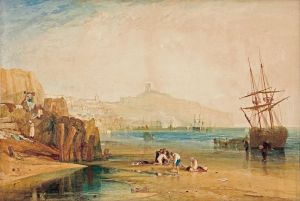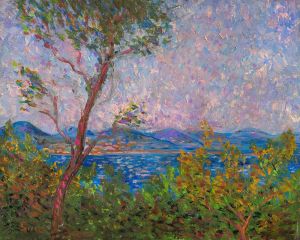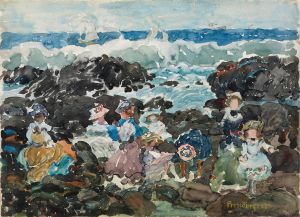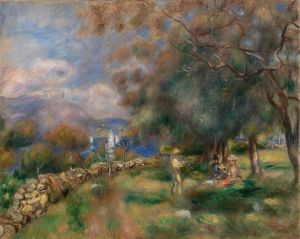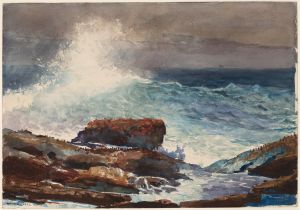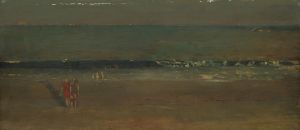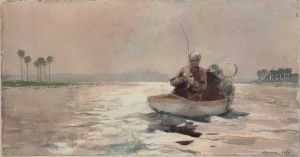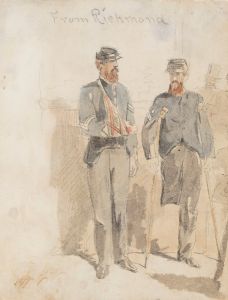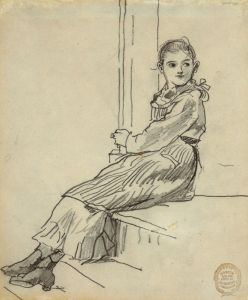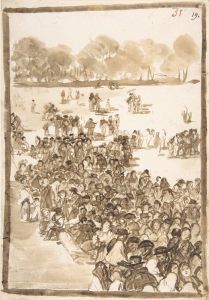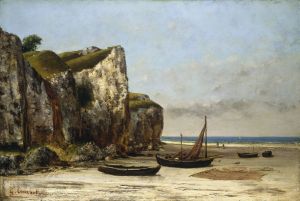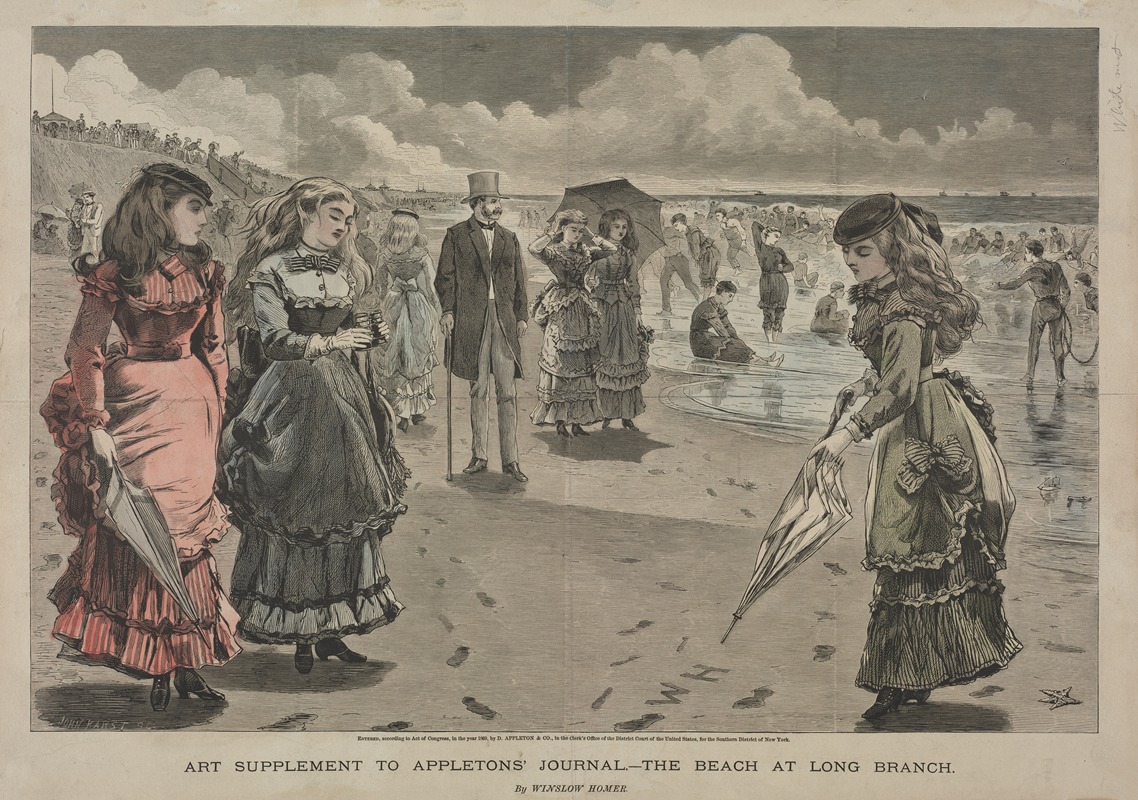
The Beach at Long Branch
A hand-painted replica of Winslow Homer’s masterpiece The Beach at Long Branch, meticulously crafted by professional artists to capture the true essence of the original. Each piece is created with museum-quality canvas and rare mineral pigments, carefully painted by experienced artists with delicate brushstrokes and rich, layered colors to perfectly recreate the texture of the original artwork. Unlike machine-printed reproductions, this hand-painted version brings the painting to life, infused with the artist’s emotions and skill in every stroke. Whether for personal collection or home decoration, it instantly elevates the artistic atmosphere of any space.
"The Beach at Long Branch" is an oil painting created by the American artist Winslow Homer in 1869. Homer, who is renowned for his marine subjects and depictions of American life, painted this work during a period when he was increasingly focused on coastal scenes. The painting captures a moment on the beach at Long Branch, New Jersey, a popular seaside resort during the 19th century.
In "The Beach at Long Branch," Homer presents a tranquil scene that reflects both the leisure activities of the time and the natural beauty of the American coastline. The composition features several figures, including women and children, dressed in the typical beach attire of the era, which includes long dresses and hats. They are depicted engaging in leisurely activities, such as strolling along the shore and enjoying the seaside atmosphere. This portrayal of leisure is characteristic of Homer’s work during this period, as he often explored themes of relaxation and the simple pleasures of life.
The painting is notable for its use of light and color, which Homer employs to convey the warmth and vibrancy of a summer day at the beach. The artist's technique in capturing the play of sunlight on the sand and water demonstrates his skill in rendering naturalistic scenes. The sky is painted in soft blues and whites, suggesting a clear, sunny day, while the ocean is depicted with gentle waves lapping against the shore.
Homer's choice of Long Branch as a subject is significant, as the location was a fashionable destination for vacationers from New York City and other urban areas during the late 19th century. The resort was known for its grand hotels and was frequented by prominent figures, including several U.S. presidents. By choosing this setting, Homer not only captures a specific geographical location but also reflects the cultural and social dynamics of the time.
"The Beach at Long Branch" is part of a larger body of work by Homer that focuses on coastal themes. This painting, along with others from the same period, marks a transition in Homer’s career as he began to move away from his earlier illustrations and Civil War subjects towards more serene and contemplative scenes. His work during this time laid the foundation for his later, more mature marine paintings, which would become some of his most celebrated pieces.
Today, "The Beach at Long Branch" is held in the collection of the Museum of Fine Arts, Boston. It continues to be appreciated for its historical significance and its representation of Winslow Homer’s evolving artistic style. The painting remains an important example of 19th-century American art, illustrating both the leisure culture of the period and Homer’s mastery in capturing the essence of the American landscape.





